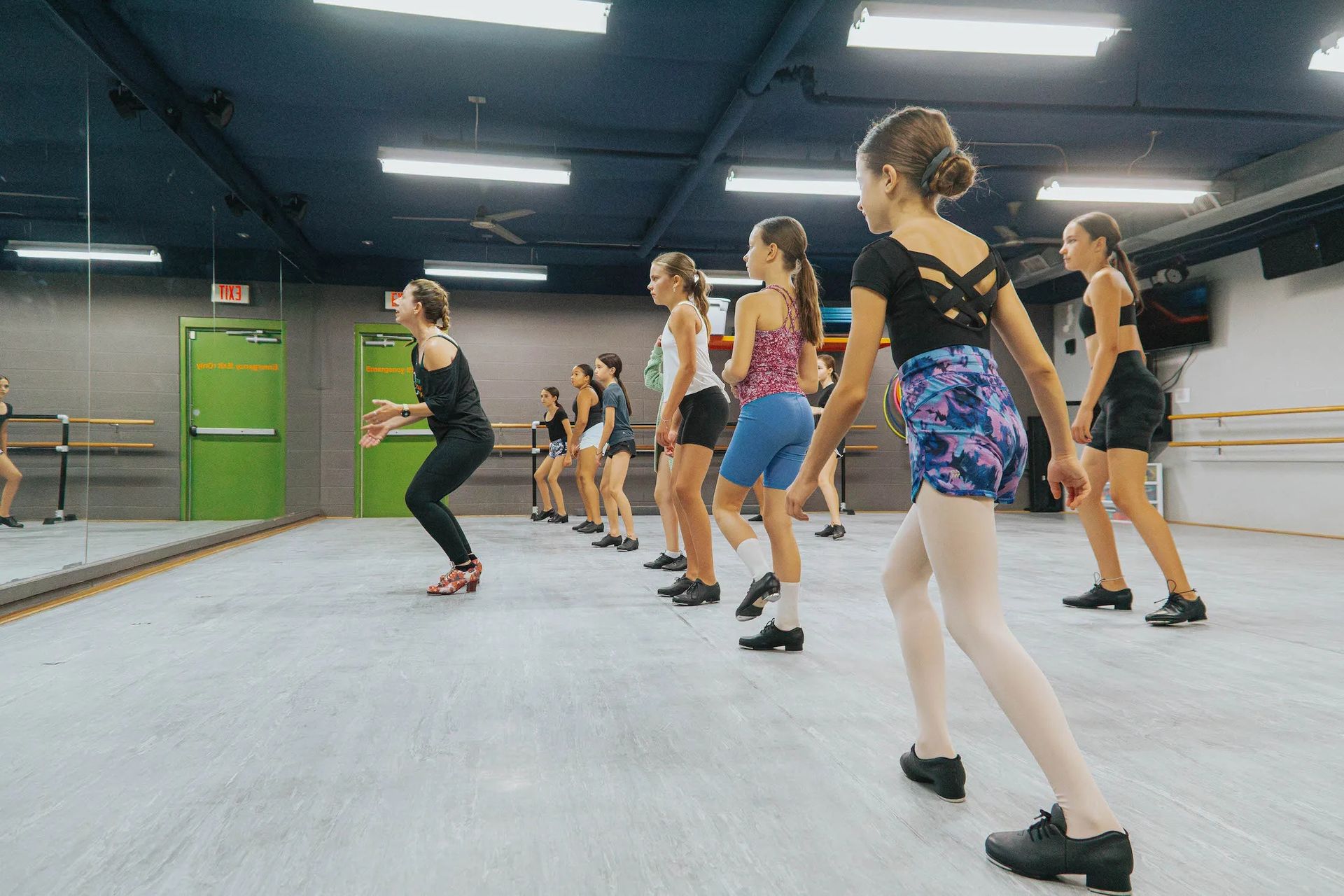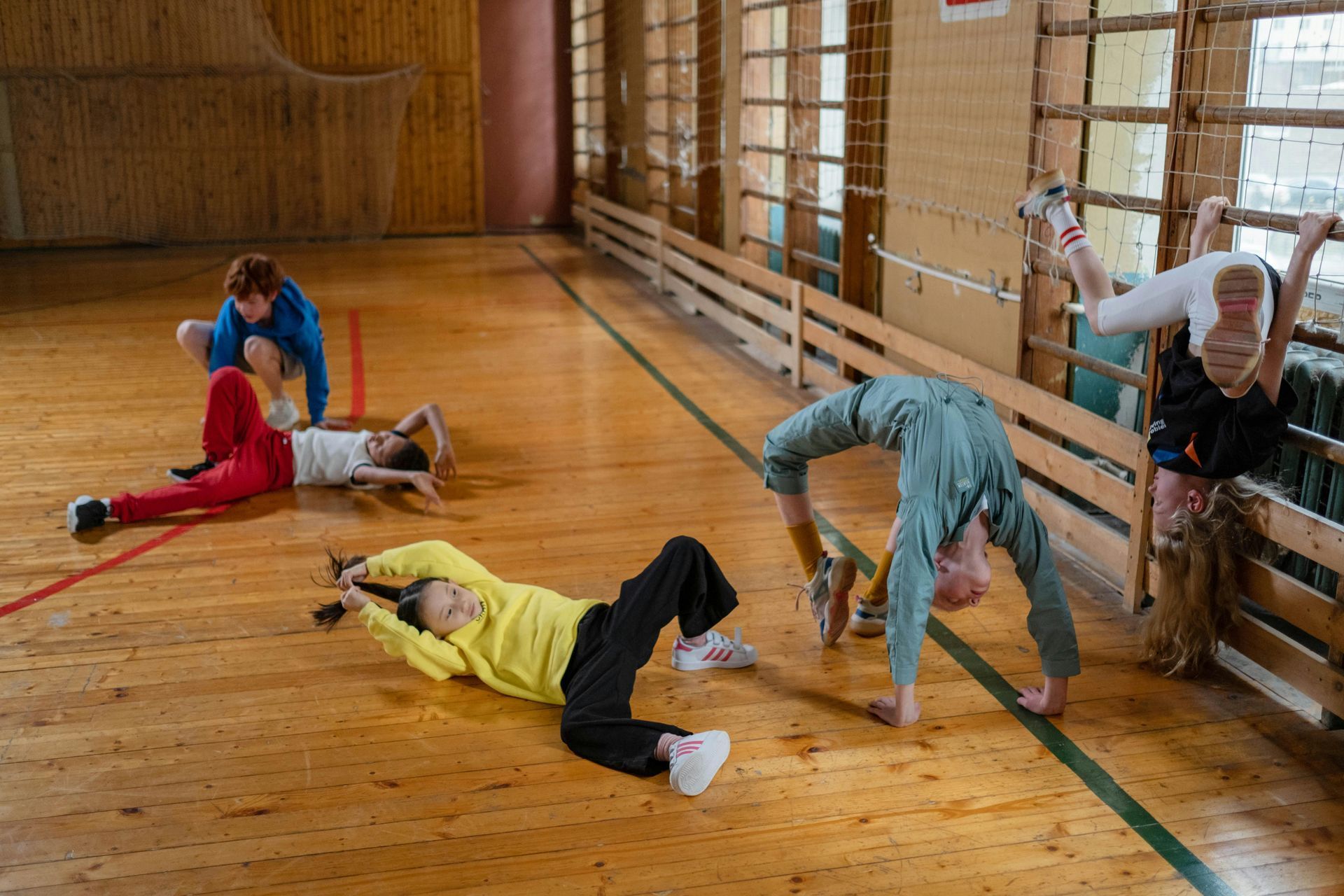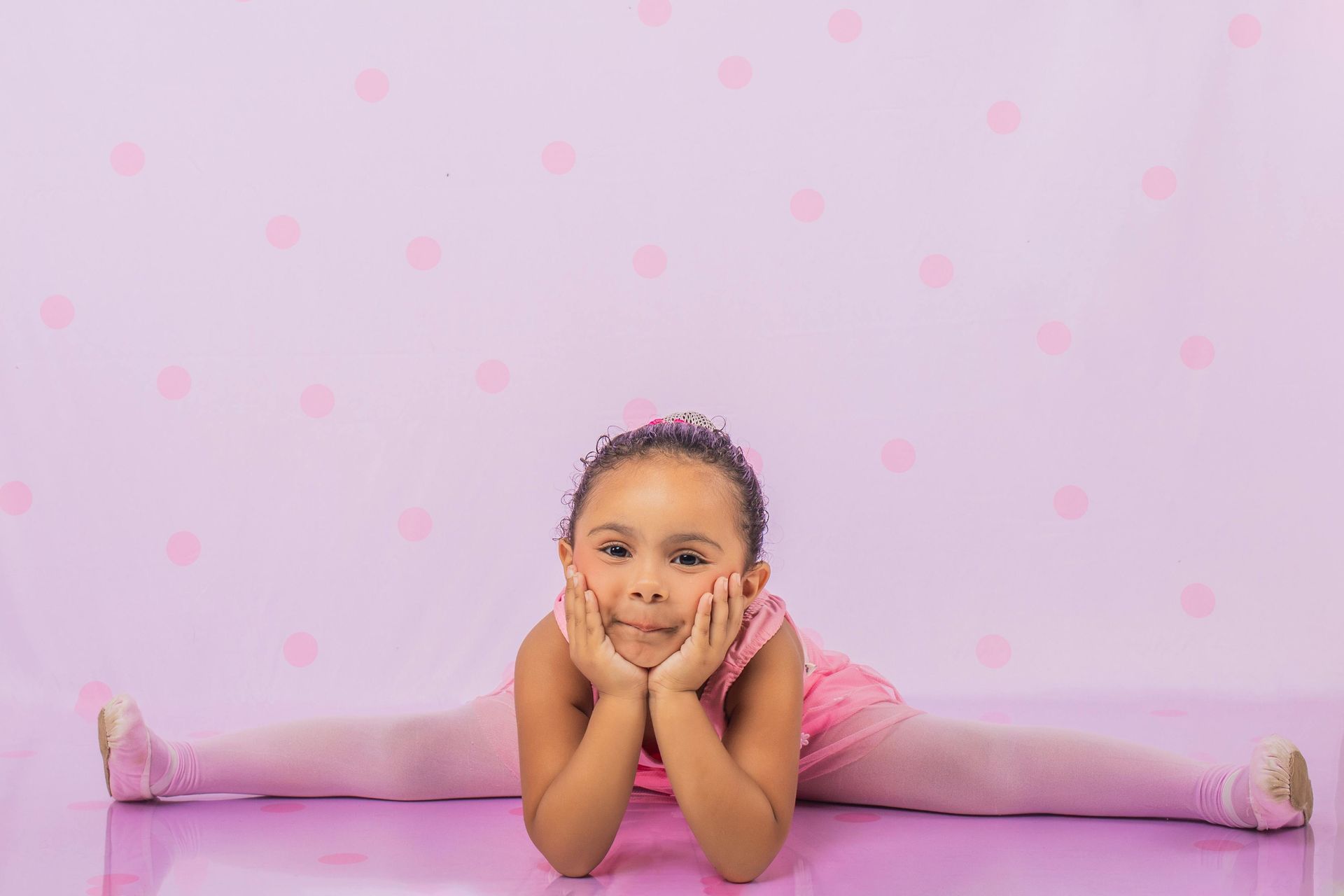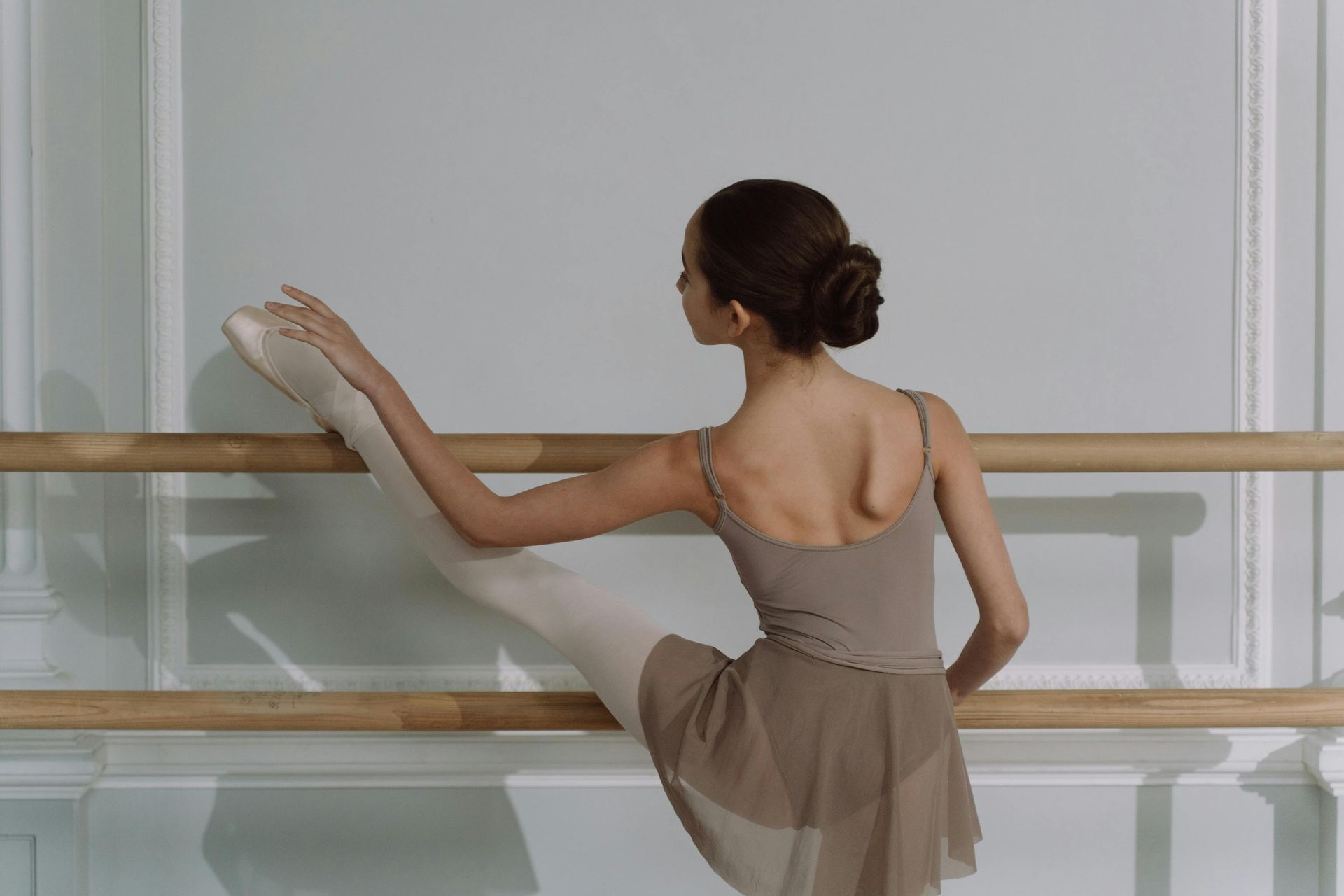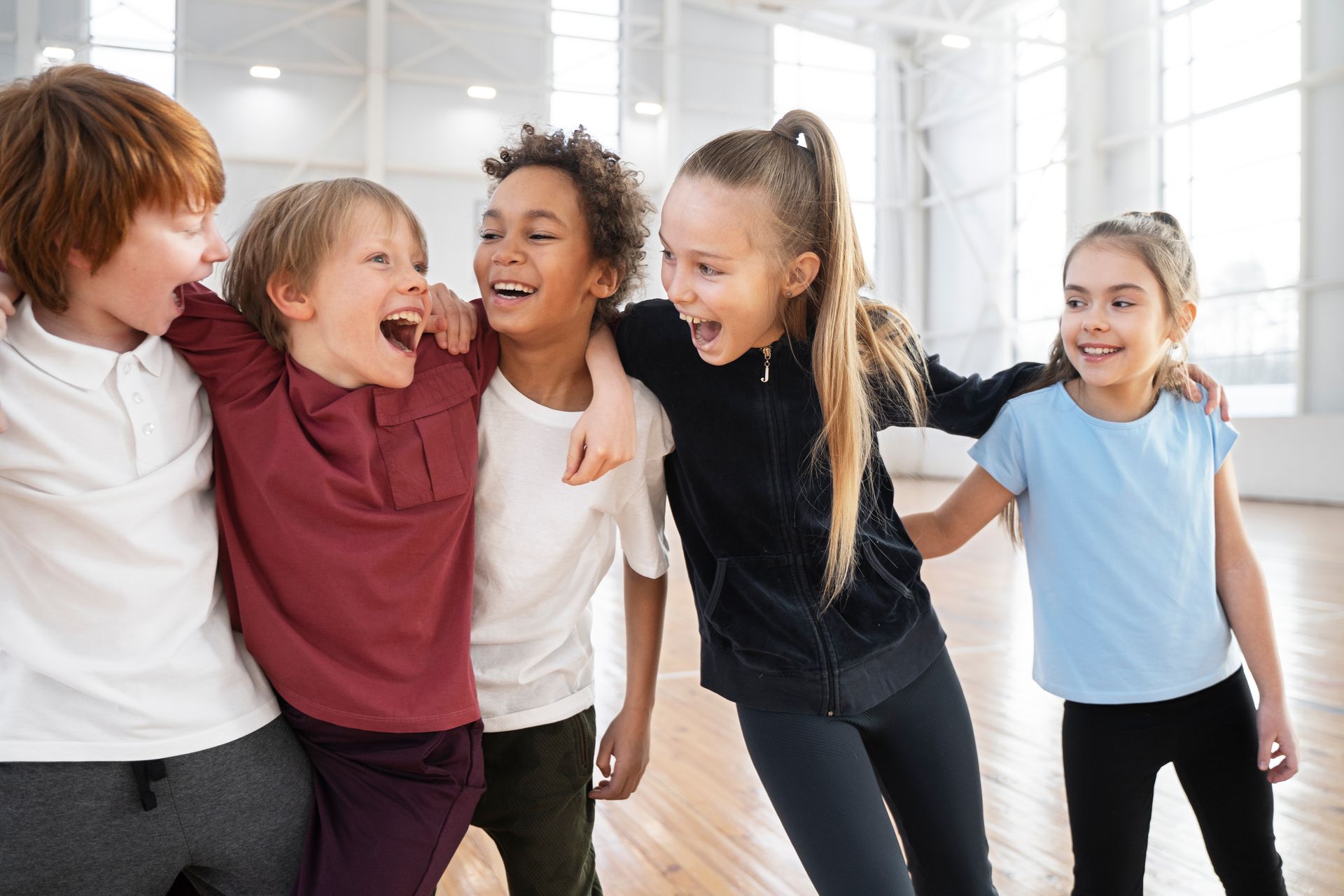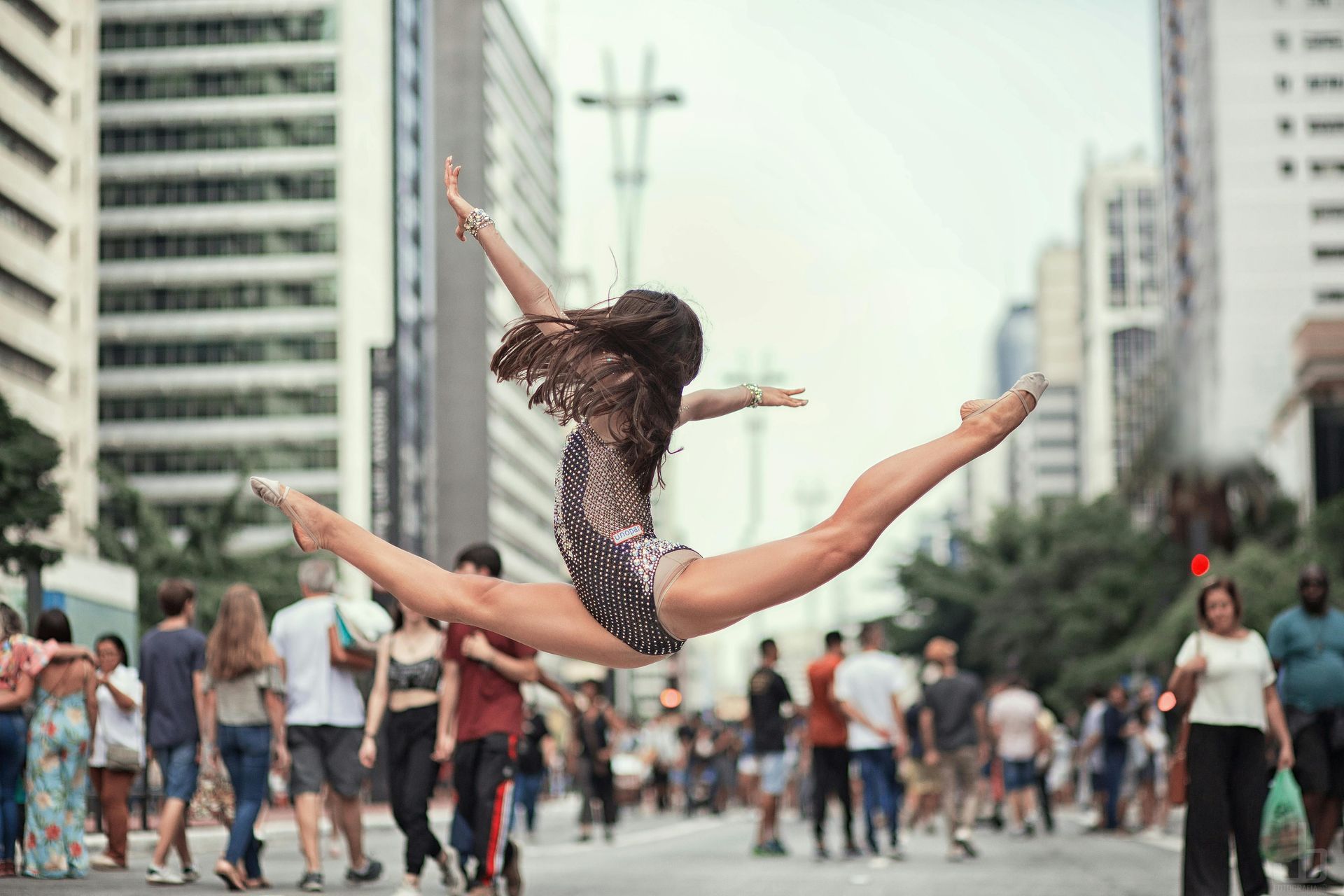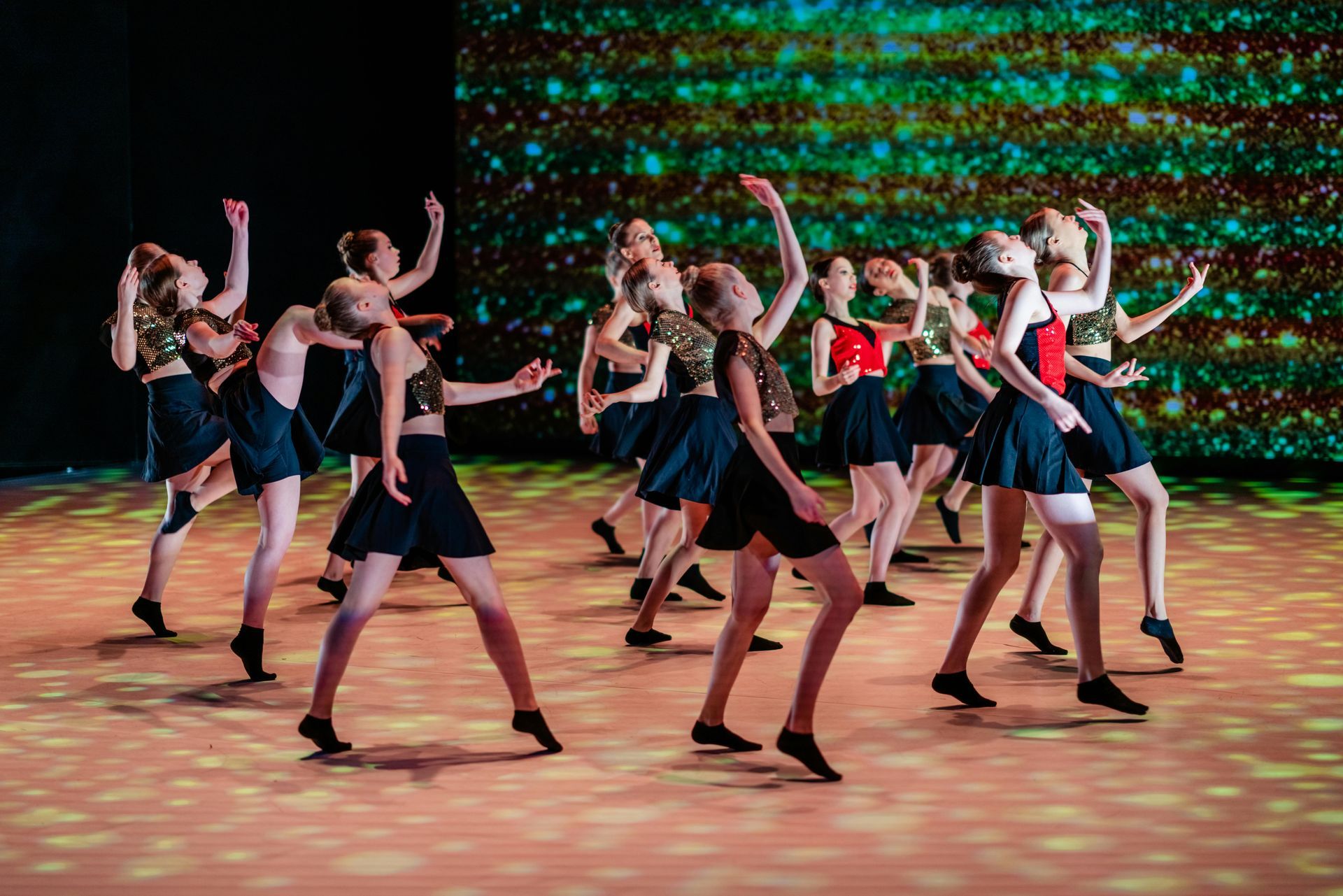The Benefits of Dance for Kids: Why Starting Early Matters at Dance Expression
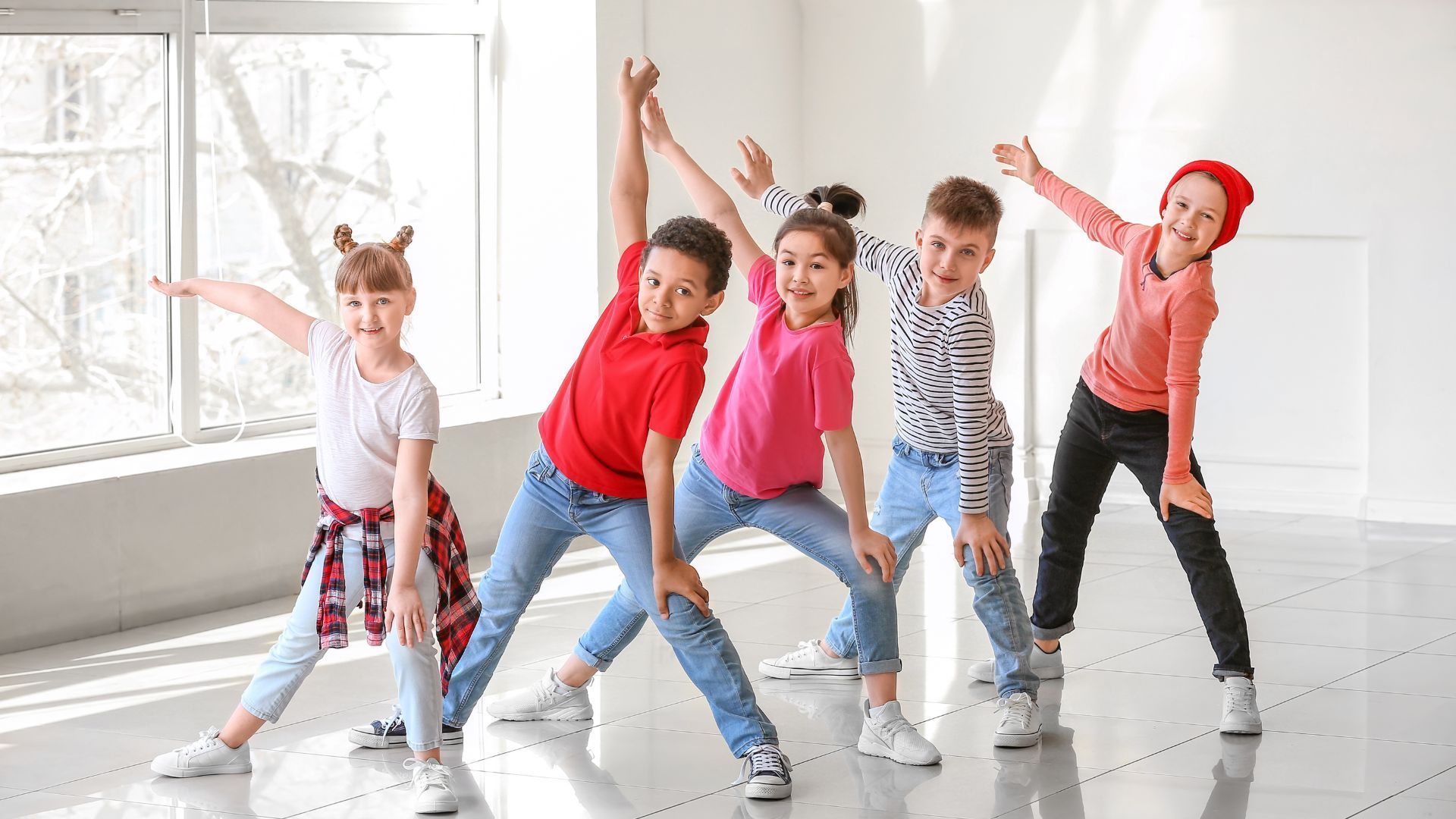
When it comes to fostering your child's physical, emotional, and cognitive growth, there are few activities as impactful as dance. Starting dance at a young age doesn’t just teach children how to move their bodies—it enriches their lives in ways that go beyond the studio. At Dance Expression, we believe in the transformative power of dance for young children, which is why we focus on creating a nurturing, fun, and educational environment that helps kids grow, learn, and develop through movement.
Whether your child is just starting out or has a few years of experience under their belt, the benefits of dance are profound. Let’s dive deeper into how beginning dance early with Dance Expression can significantly impact your child’s development.
Physical Development: Building Strength, Flexibility, and Coordination
One of the first things kids gain from starting dance at a young age is improved physical coordination. Dance requires children to focus on various movements, balance, and postures, all of which help build essential motor skills. These early dance classes offer a fun way for kids to become more aware of their bodies, improving flexibility, balance, and coordination in ways that will positively affect their overall physical health.
At Dance Expression, young children start with movement classes that gradually build strength and flexibility. Even the simplest routines require children to move in various directions, stretch, and hold positions—all of which promote flexibility and help develop muscle strength in a controlled way. By starting young, kids will also build core strength, which helps improve posture and promotes physical well-being as they grow.
As your child progresses, these skills will serve them in other sports and activities, reinforcing their physical capabilities as they take on more complex challenges. Dance provides a holistic approach to physical health, ensuring that your child is not just learning choreography but also laying a solid foundation for a healthy lifestyle.
Emotional Growth: Boosting Confidence and Reducing Stress
Childhood is a time of self-discovery, and dance offers a unique opportunity for emotional development. The creative nature of dance allows children to express their feelings and thoughts without words, making it a powerful tool for boosting self-confidence and emotional well-being.
At Dance Expression, every class is designed to encourage personal expression in a supportive, safe environment. When children are given the space to explore dance, they naturally become more confident in their abilities. Even if they stumble, the experience of trying, practicing, and improving helps foster a sense of accomplishment.
Furthermore, dance provides a healthy outlet for stress and anxiety. Movement and music have been shown to have therapeutic effects on mental health, and for children, dance helps them manage emotions like frustration, nervousness, or fear. As they learn to navigate through choreography, kids develop resilience and emotional intelligence, learning how to handle challenges with poise.
By allowing children to express themselves creatively, dance helps them develop a more positive self-image, which carries into other areas of their lives—school, friendships, and more.
Cognitive Skills: Improving Memory, Focus, and Problem-Solving
Dance is much more than physical movement; it’s also an intellectual exercise. Learning a routine requires children to memorize steps, follow sequences, and pay attention to detail. These mental skills can significantly enhance a child’s cognitive development, improving their memory, concentration, and problem-solving abilities.
At Dance Expression, our young dancers engage in classes that challenge them to remember dance steps and sequence movements. This builds memory recall and strengthens cognitive skills like sequencing, focus, and attention to detail. Research shows that dance can stimulate brain activity, helping children develop skills that extend beyond the studio. Kids who learn to think critically while mastering dance steps often excel in academic settings as well.
In addition, dance encourages creativity, helping children learn how to think outside the box. When kids experiment with their movements or come up with their own interpretations of music, they develop problem-solving skills that can be applied to various aspects of their lives.
Social Skills: Building Friendships, Teamwork, and Discipline
Dance is also an excellent way for children to develop social skills that will serve them throughout their lives. In group dance classes, kids interact with their peers, learn to work as part of a team, and develop important interpersonal skills. The structured environment at Dance Expression encourages children to communicate and cooperate with others, whether they’re practicing in pairs or as part of a larger group.
Through dance, kids learn the importance of teamwork and collaboration. They discover how to share ideas, listen to others, and work towards a common goal—whether it's perfecting a routine or performing in a recital. These social skills are essential in building lasting friendships and creating a sense of belonging.
At the same time, dance instills discipline in children. They learn the value of practice and hard work, understanding that achieving their goals takes effort, consistency, and time. This discipline not only benefits them in dance but also helps them in school and personal relationships, teaching them to stay committed to their objectives.
The Importance of Early Exposure to Dance
The earlier children start dance, the better. Early exposure to dance and creative movement helps children develop important life skills that set them up for success. Children who start young tend to be more confident, better at managing their emotions, and have stronger cognitive and physical abilities. Moreover, when children are introduced to dance early on, they often develop a lifelong love for the art form, continuing to engage in it throughout their lives.
At Dance Expression, we offer classes designed specifically for young children to introduce them to dance in a fun and engaging way. Our First Steps and Toddler Ballet classes, for example, are tailored to help children get acquainted with dance through movement, music, and creative exploration, providing them with a strong foundation for future growth.
How Dance Expression Enhances These Benefits
What sets Dance Expression apart is our commitment to nurturing each child’s development both in dance and as an individual. Our experienced instructors understand the unique needs of young dancers and tailor lessons to ensure each child is supported, encouraged, and given the tools they need to succeed. The studio’s positive, welcoming environment fosters a sense of community where children feel comfortable expressing themselves and developing their skills at their own pace.
Whether your child is taking their first steps in dance or is ready for more advanced training, Dance Expression provides a space where creativity and learning are prioritized. By starting early with us, your child will not only grow as a dancer but also as a confident, disciplined, and thoughtful individual.
Conclusion: A Solid Foundation for Lifelong Growth
Dance offers endless benefits for young children—physical, emotional, cognitive, and social. By starting early with Dance Expression, your child can reap these rewards while developing a passion for movement and creativity that will last a lifetime. Whether it's through building confidence, making friends, or learning the importance of discipline and hard work, dance is more than just an activity—it’s a journey of self-discovery.
If you're considering enrolling your child in dance, Dance Expression offers the perfect place to begin this exciting adventure. With expert instructors, a welcoming environment, and a commitment to fostering each child's growth, we're here to help your little one shine!
FAQs
- What age can my child start dance classes at Dance Expression?
Our dance classes start as early as age 1, with specialized classes like Baby Bop and Dance with ME for toddlers, focusing on movement and coordination in a fun, playful environment.
- What benefits does dance have for a child's physical health?
Dance improves flexibility, balance, coordination, and strength. It also promotes cardiovascular health and helps develop muscle memory.
- How does dance help children with emotional growth?
Dance helps children express themselves, build confidence, and manage emotions, reducing stress and boosting self-esteem.
- What cognitive skills does my child develop through dance?
Dance enhances memory, focus, problem-solving, and critical thinking as children learn choreography and sequences.
- What social benefits will my child gain from dance classes?
Dance encourages teamwork, communication, and collaboration. Children make new friends and develop strong social skills in a supportive environment.
- Why is early exposure to dance important?
Early dance experiences help children develop foundational skills in physical coordination, creativity, and confidence, setting them up for success in various areas of life.

